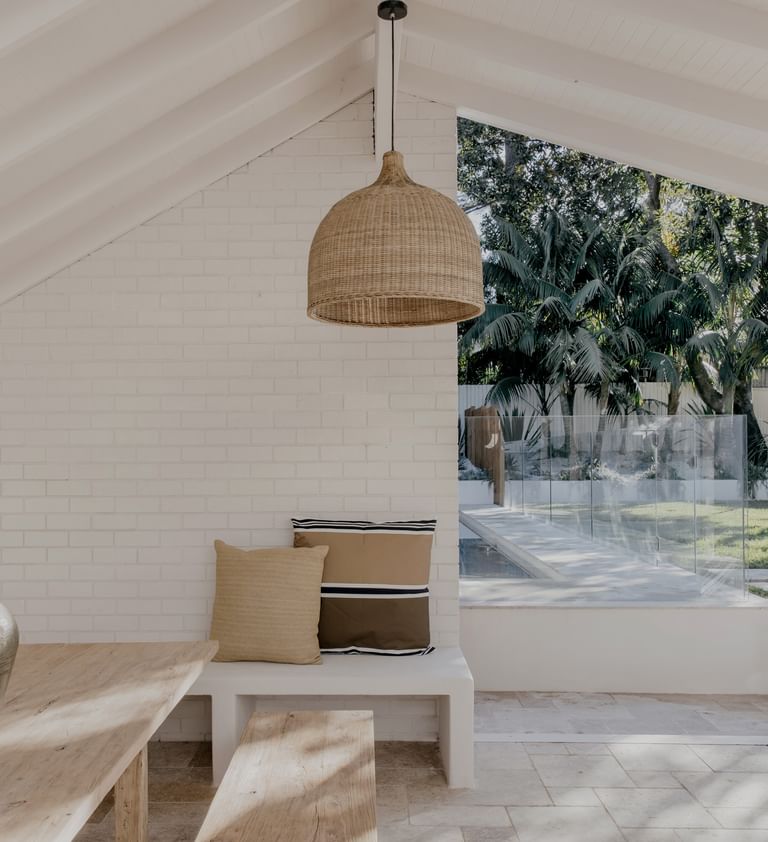
Price movements
Australian residential property values have continued their upward trend in recent months, though June saw a deceleration with both houses and units recording a modest 0.2 per cent monthly increase. The ongoing scarcity of available properties and limited listings has intensified competition, driving up prices in both capital cities and regional markets.
The recent inflation surge has shifted discussions from potential interest rate cuts to possible increases, with some speculating a hike as early as August. This shift is expected to temper property listings and sales volumes, as higher borrowing costs may further strain affordability and cause delays in purchasing decisions. Over the past year, house prices have experienced a significant 9.5 per cent increase, bringing the national median to $886,818. Similarly, unit prices have risen by 7.1 per cent annually, reaching a median of $656,066 nationwide.


The past month witnessed a softening in price growth across several markets. Adelaide and Sydney have both paused their upward trends, showing no change, while Brisbane experienced a minimal increase of 0.1 per cent. In contrast, Perth maintains its growth momentum, recording a 1.2 per cent monthly rise, which contributes to an impressive annual growth of 23.9 per cent, pushing the mean price to $833,326.
Canberra, Melbourne and Hobart have all entered negative territory with a 0.2 per cent monthly decline. These markets also demonstrate the most modest annual value increases: Canberra up by 4.7 per cent, Melbourne by 3.4 per cent, and Hobart, with limited activity, seeing just a 3.1 per cent yearly growth to $750,547. Darwin remains the most affordable capital city with a mean price of $604,696, showing a 0.4 per cent monthly increase (5.5 per cent over the year).


In the past month, capital city unit markets have mirrored trends seen in the housing sector. Perth leads the pack with the highest monthly growth of 1.2 per cent, translating to a 19.7 per cent annual increase and a mean price of $540,431. Adelaide has solidified its position as another growth market, rising 0.5 per cent this month, while Brisbane’s growth has been more modest at 0.3 per cent. However, annual increases in these markets have been robust, with Adelaide up 15 per cent and Brisbane up 12.2 per cent.
Sydney and Canberra both recorded a slight 0.1 per cent monthly increase, while Darwin continued its upward trend with a 0.4 per cent monthly gain (4.6 per cent annually). Hobart stands out as the only city showing a decline, dropping 0.2 per cent to $571,861, representing a mere 1.8 per cent annual change. Melbourne remained static over the month, with its annual growth falling behind the national capital city average of 6.8 per cent.


Growth in Australian regional property markets is showing signs of slowing, with house prices across regional areas increasing by a modest 0.2 per cent this month. Perth remains the standout market, with a 1.0 per cent monthly increase bringing prices to $495,383, representing the highest annual growth of 17 per cent. South Australia follows with 15.1 per cent annual growth and a 0.4 per cent monthly increase. Queensland maintains steady growth, up 0.5 per cent this month, translating to a 14.2 per cent year-over-year improvement, with a mean price of $690,256 - the second highest in the country.
Victoria continues to experience value declines, down 0.3 per cent this month, while regional houses in New South Wales and Tasmania have both recorded 0.2 per cent decreases. These markets are now showing annual growth rates below the Australian house average of 9.5 per cent as demand for both investment and holiday homes in these areas dissipates.


Regional unit markets continue to mirror trends observed in the housing sector. The shifting outlook on interest rates is expected to further dampen interest in investment properties and holiday homes, particularly in coastal areas. Victoria’s market continues to struggle, with an influx of investor properties coming to market, leading to a 0.1 per cent value decrease this month and a modest annual growth of just 2.7 per cent. Tasmania shows the most significant monthly decline at 0.2 per cent, while New South Wales has remained stable.
South Australia leads in terms of annual growth, up 16.3 per cent. However, Western Australia has demonstrated the highest monthly increase at 1.1 per cent, coupled with a year-on-year growth of 15.4 per cent. Affordability remains a key factor driving these markets.


Listings Activity
Updated results for May have shown listing numbers trending upwards, outpacing results seen in 2023 and 2022. However, our preliminary June data indicates strong declines which are likely to be further spurred on by recent inflation results, reigniting discussion surrounding an increase in interest rates for this year.
This changing sentiment anticipates a further dampening effect on listing levels as both buyers and sellers adopt a “wait and see” approach. This cautious stance is particularly pronounced given the robust price growth observed across the country.


This month, listing numbers are falling across all capital cities, with a total decline of 43 per cent. Over the past year, Brisbane has been the least affected by these decreasing rates, showing a 10.8 per cent reduction, despite a 38.1 per cent drop this month alone.
Melbourne’s changing land tax legislation has prompted many investors to exit the market, resulting in an annual listing decline of only 18.6 per cent. In contrast, Perth’s market remains tightly held, putting pressure on potential buyers. Perth’s listings fell by 43.3 per cent this month to 2,497, representing a 46 per cent decrease over the year.


Listing numbers in Regional Australia continue to decline across all markets. This month, a 39 per cent decrease has been observed, with a 28.4 per cent reduction over the past year. Regional Western Australia has experienced the most significant drop, both monthly and annually, as property owners hold onto their assets during a period of value growth and interest rate uncertainty.
New South Wales has seen listings fall by 41.5 per cent this month to 3,214, while Queensland experienced a 35.4 per cent decrease to 4,243, reflecting shifting market sentiments. Victoria witnessed a substantial 40.4 per cent reduction this month, however, it remains the least affected by the overall decline in listings, particularly as investors look to exit the market.


Auction Insights
Auction clearance rates across Australia have shown signs of stabilisation over the last quarter, with June recording a 70.4 per cent success rate, surpassing the figures from both 2022 and 2023. This year has seen more vibrant auction activity, largely due to the imbalance between the supply of listings and purchasing demand. However, these results can fluctuate based on factors such as location, available inventory, and affordability. The future trajectory of interest rates is likely to influence auction outcomes, potentially leading to some moderation in clearance rates moving forward.


The past year and a half has seen a consistent pattern in auction participation. On average, auctions attract 4.4 registered bidders, with 2.8 of these typically engaging actively in the bidding process. These numbers closely align with last month’s figures of 4.6 and 2.9, respectively.
Financing continues to be a key concern for many potential buyers. Interest rate changes play a crucial role in shaping their decisions to commit to property purchases. However, if the current trend of high price growth persists, we might see an increase in buyers choosing to secure properties earlier, potentially leading to higher participation rates at auctions.




The Ray White Group has shown resilience in its performance despite a market characterised by low listing volumes. While May saw an uptick in confirmed sales, initial data for June indicates a slight decline in transactions. Despite monthly fluctuations, this month’s sales totaled $7.32 billion, marking a significant 13.2 per cent increase compared to June 2023.
This impressive year-on-year growth has been observed across all states, with South Australia | NT, Western Australia, and Queensland showing particularly strong results. Furthermore, the network has experienced increased commercial activity, an encouraging development given the sector’s challenges and the overall reduction in investment activity.







